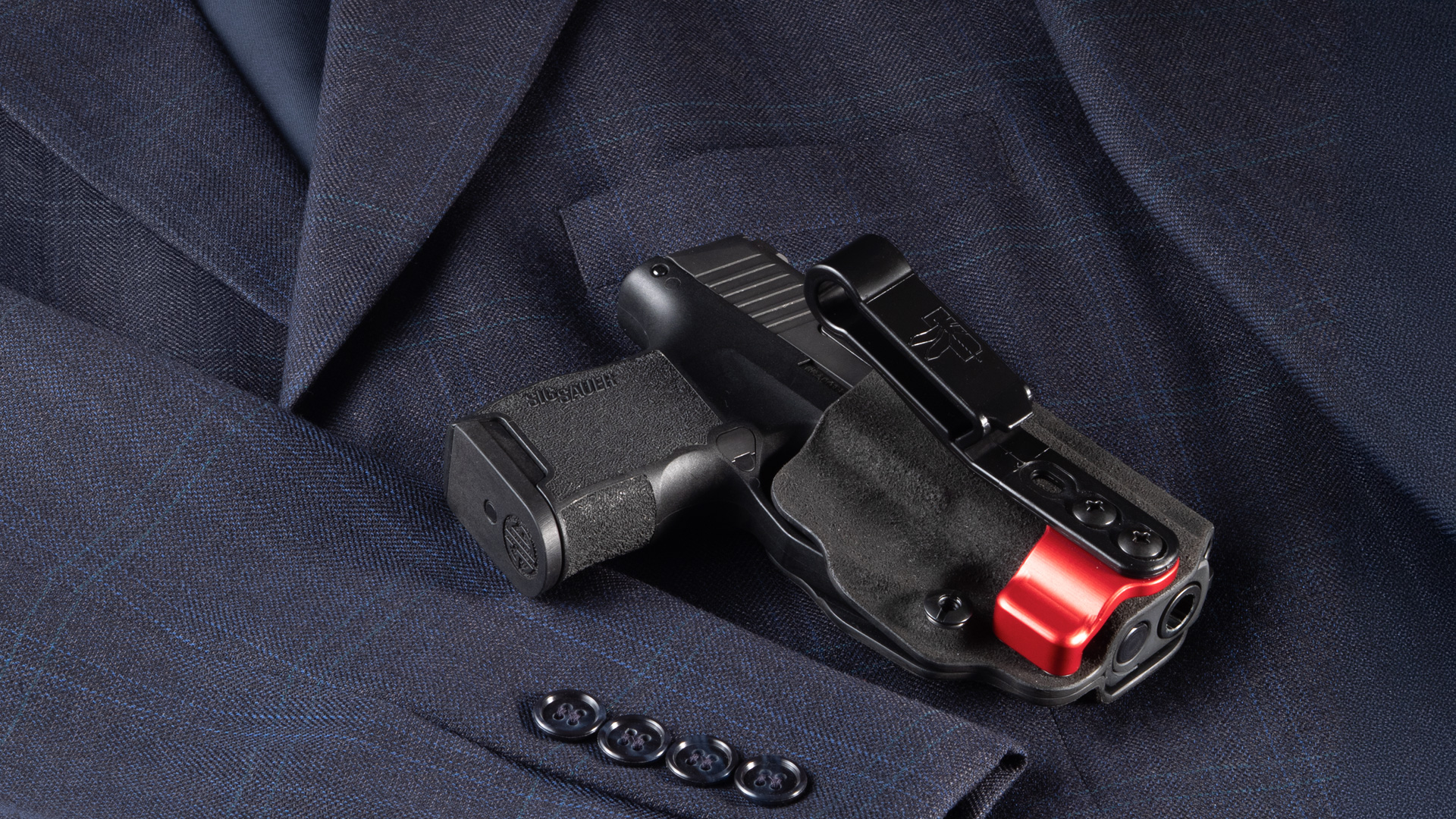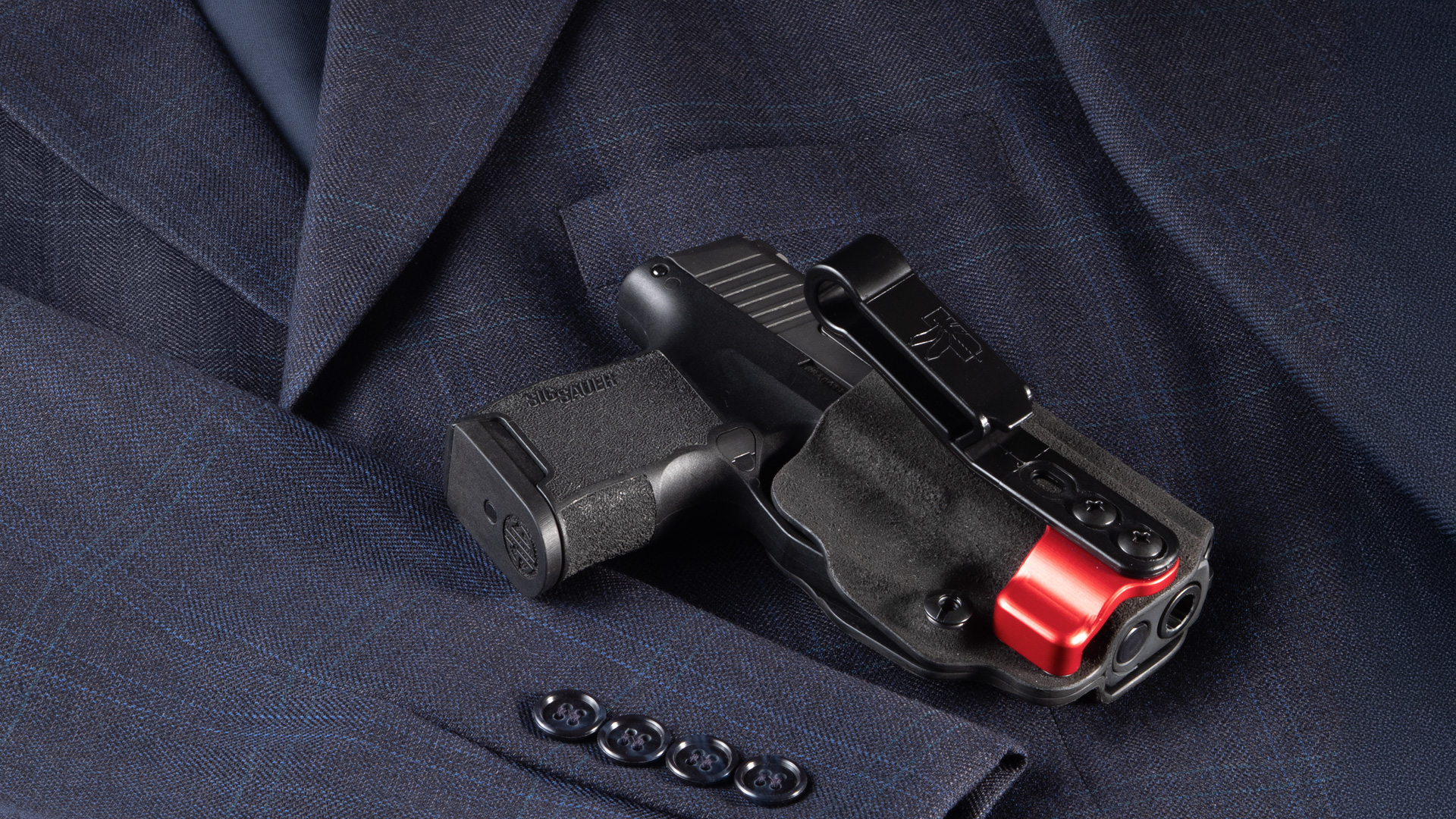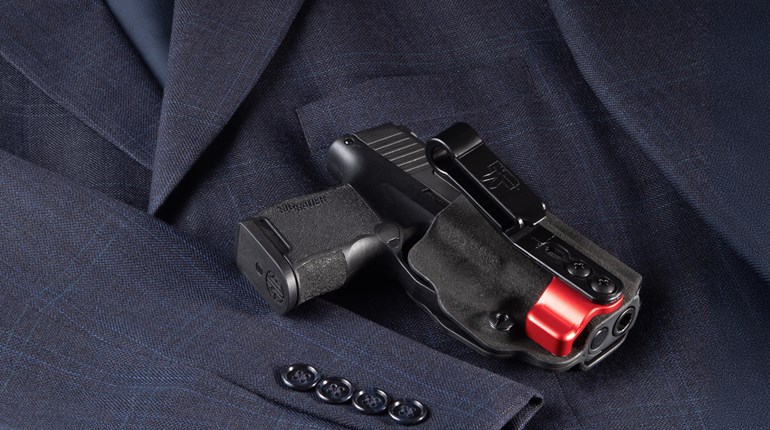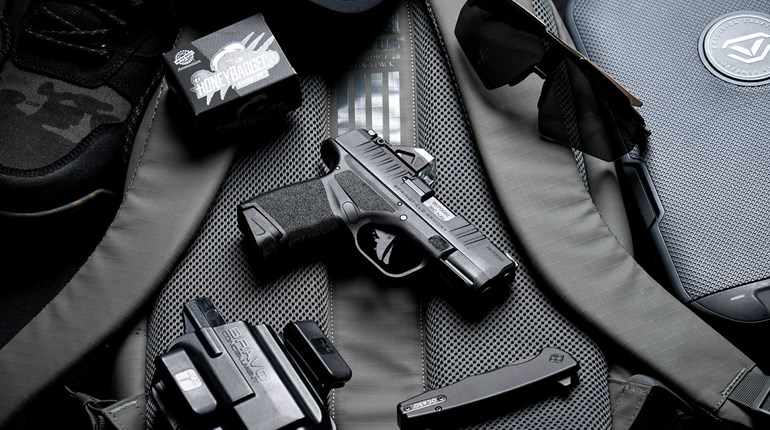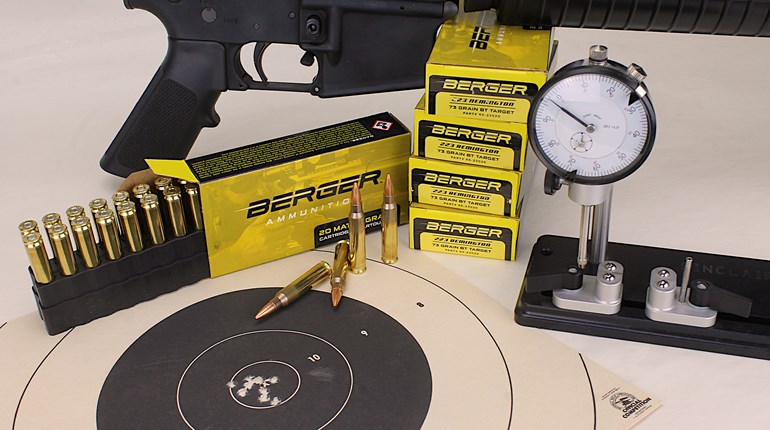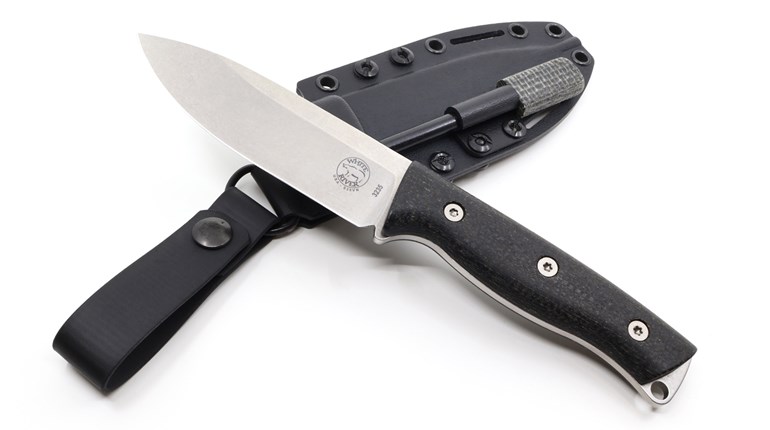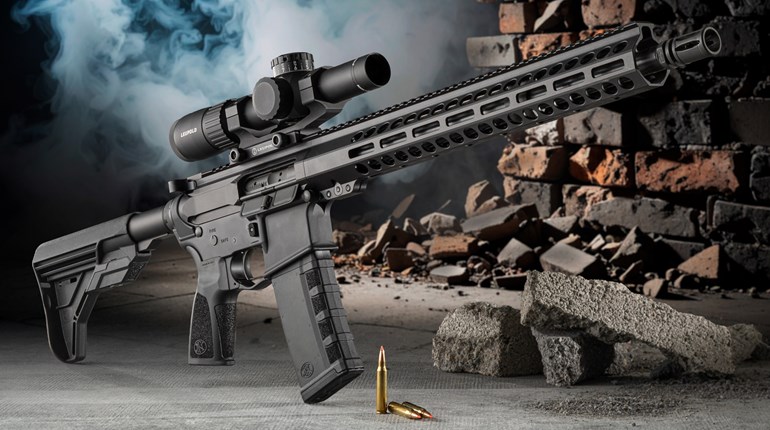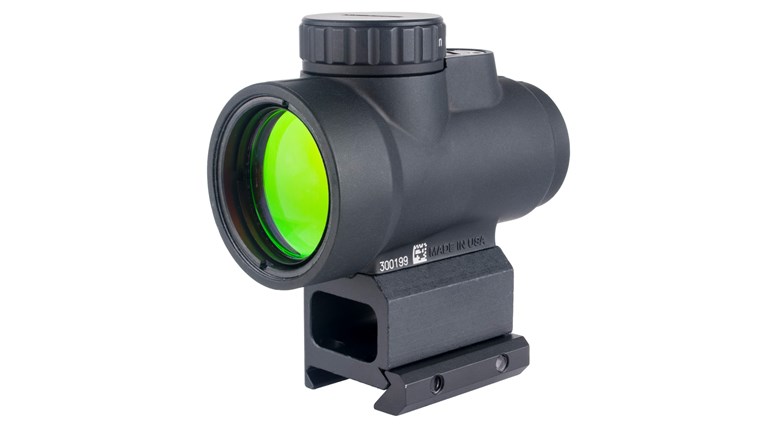
Getting started in the concealed-carry world is fun. There is so much to learn, so much responsibility and so many new toys. It is easy to get swept up into the frenzy and find yourself losing sight of your true mission. If you haven’t come up with your mission statement for carrying concealed, I encourage you to make that a priority. Everyone will have their own based on their needs, capabilities and resources. The problem I see is that when you don’t have a well-defined mission statement, it makes it hard to make good choices that support your mission.
Some of your criteria will change over time and it is not a bad idea to review and update your mission statement as necessary. When it comes to defining your particular concealed-carry needs, you have to ask yourself “What do I really need?” Your needs will more than likely not change much. They may become more refined, but it’s doubtful they will see big changes. I find it is best to start with the simple and move to the complex. Why do you want to carry a handgun? The obvious response is personal defense, but you need to get into the weeds a little on this one. Personal defense is a broad term and I suggest you define it even more. Personal defense of yourself and loved ones is a good start.
In order to defend yourself and your loved ones, it comes down to carrying a handgun regularly. You have no idea when evil will strike. In this case, prudence demands you carry as often as you feel comfortable. It might be nice to know what someone else is carrying. More than knowing what they are carrying, learning why is more important. Your “why” for carrying a specific handgun will more than likely be associated with size. If you intend to carry a handgun frequently, then it almost certainly will come down to size. There are more handguns being produced for concealed carry today than ever before. Finding one may not be easy, but you can’t say there are no options.
… When you don’t have a well-defined mission statement it makes it hard to make good choices that support your mission.
Even if you know of someone who carries a specific handgun and you have learned their “why,” does their “why” fit into your mission statement? It might seem like a good idea, but it boils down to your comfort level. If you are not comfortable carrying the handgun, chances are you won’t carry it, and that to me is the cardinal sin. I find it way more advantageous to carry a handgun I am comfortable with that meets the minimum requirements for personal defense. Sometimes there is pressure to carry something you don’t want to carry. You are led to believe if you don’t, you are ill prepared. Don’t let this sway your decision. While I’m sure an argument could be made for the pros and cons of your choice, if you are comfortable then worry less about what other people say and more about what gets the job done.
Your capabilities will come into the picture at some point. Like your needs, they will change over time. I see many people who will select a handgun, obtain the minimum training necessary to carry legally and do nothing else. They represent the bare minimum price for entry. A lot of times we are quick to judge these folks as being ill prepared or even reckless. While I may not follow this method, there are a lot of people who do. It would be hard for me to say this is wrong. Why? For the simple reason it is their right. There is already a lot of legislation surrounding a constitutional right. The last thing I want or we want to see is more regulation. We want to keep it as easy for all walks of life to explore their own options for personal defense. Do I want to see more learning and educating themselves? Of course. This is not the real battle though, the real battle is removing as many barriers to entry as possible.
If you want to effect change, you have to start within. As noted author Jordan Peterson is fond of saying, clean your own house before you ask others to clean theirs. While my experience level is much different from many, I still look for training opportunities. I am still out there learning. While I may have some of the answers, I don’t have them all. Instead, I seek to learn as much as I can. When my students see me as a student, it helps remove some of the stigma. It says it’s OK to not know everything. My intention is to improve my skills, my capabilities.
When I first started on this journey, my capabilities were very shallow, basic at best. We all have to start somewhere. What helped me was having a plan. Believe it or not, my plan didn’t start out the best. I was too specific. I had goals such as a super-fast draw or super-accurate shots. I developed into a specialist. I specialized in one area or two. It was nice; nice to do something very well. It took years to realize it wasn’t ideal. I realized I couldn’t predict the type of deadly force encounter. I wouldn’t know if I could even access my handgun much less what would happen from there. I turned my gaze toward being more of a generalist and having a broader skill set.
Once I adopted this mindset it allowed me to concentrate on more important things, like being consistent with my practice, carrying more regularly and expanding my knowledge and skill base. I made a concerted effort to be honest with myself and my skills when starting out: Don’t feel as though you have to know everything or do it perfectly. You probably will make a few mistakes on handgun selection, supporting gear or even where to expend your resources. At some point, we all have to answer to a master.
What I believe is most challenging when it comes to your mission statement is allocating your resources. How much time and treasure can you apply toward your new activities? When people ask me how much I practice, my standard response is often not what they expected. I follow it up with another question: What am I practicing? In other words, trying to set a definitive timetable of what to practice is almost as hard as how much time you practice. Some tasks are more important and some tasks are more difficult. You will be better off looking at the task and then figuring out how much time you can really allocate.
This also ties in nicely with your treasure. Few of us have unlimited resources, so factoring in costs cannot be overlooked. I see and read many suggestions from other instructors. Some are valuable, others either forgot or don’t care what the average shooters have to work with for practicing. Everyone will be different in this category. You have to work with what you have and manage your expectations.
During the ammunition shortage a few years ago this was obvious. I admit, I cut back on my own training. I wasn’t sure where this was all going, so what ammunition I had on hand or purchased I was less inclined to use, just in case. It meant I had to get creative with the practice sessions I was sustaining. It doesn’t matter how many hours you put into your practice, what matters is the frequency. If you jam in 16 hours in a weekend, then don’t touch a gun for a few months you get less return on your investment. I would much rather see something consistent and most important sustainable.
If you can allocate funds on a yearly basis, then divide those purchases over your practice sessions you will get more out of them. If I know I only have 100 rounds per month to shoot, then each round will have a purpose. Each round will be fired in order to meet an objective. The objectives could be speed, distance or accuracy or a combination, but there will be a goal and a way to measure if I meet the goal. I was surprised by how much I got out of my limited range sessions during this time period. It was not super great, but I accomplished a lot. I met the goals I designed.
Your mission statement for carrying concealed will be more than “to protect myself.” It needs to go deeper to have the best chance of success. Your needs will be centered around carrying a handgun as regularly as reasonable. Realizing if you need to defend yourself, it starts with having the tools. Being honest with your current skills will help you define your capabilities. Getting a better handle of your strengths and recognizing your weaknesses gives substance to your capabilities. When it comes time to make improvements, your resources will either help or hurt. Prioritizing your goals based around your needs gives you the most bang for your buck (couldn’t help myself). Take some time to think through the big picture; don’t let it overwhelm you. Work regularly to bring it into focus.




